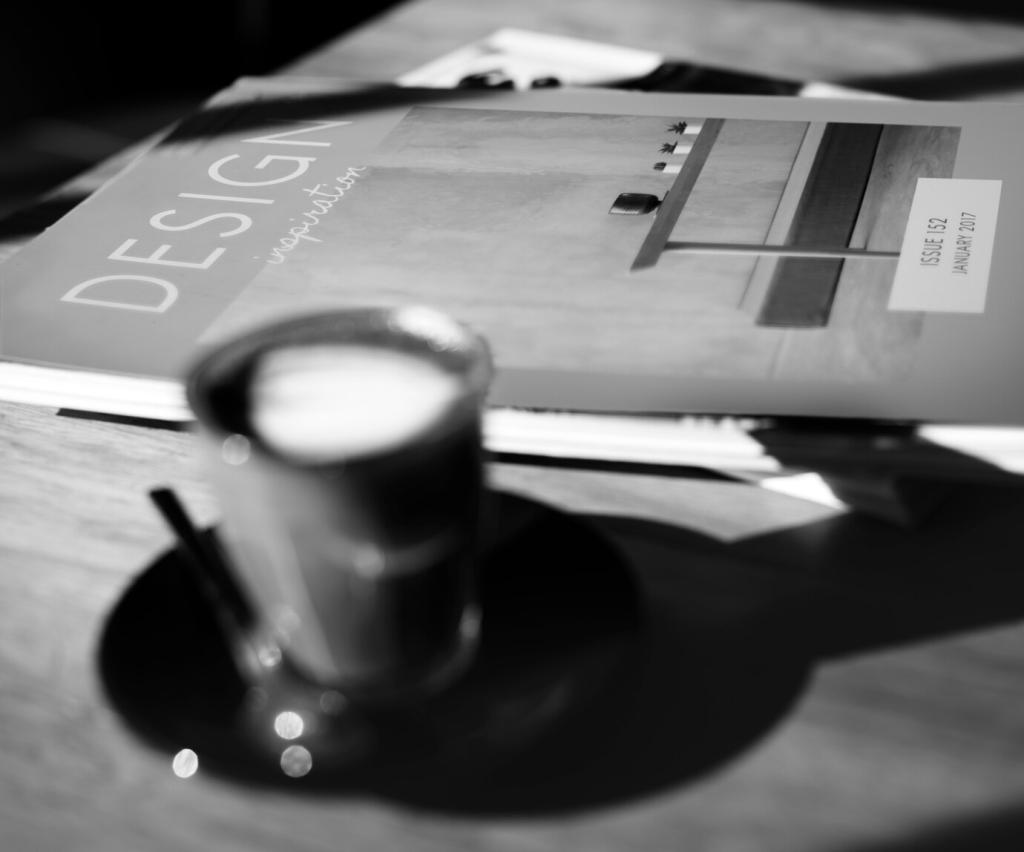Industrial Influence: Shaping Today's Interior Spaces
The industrial aesthetic has transcended its origins to become a defining influence on modern interior design. What once characterized factories and warehouses now informs the warmth, functionality, and raw attitude seen in contemporary homes, offices, and public spaces. This approach celebrates the beauty of utilitarian forms, honest materials, and a stripped-back aesthetic that offers both character and innovation. As society seeks authenticity and sustainability, the industrial style answers the call with its distinctive fusion of history and modernity.

Previous
Next
Previous
Next
Key Materials and Elements
Steel and other metals play a central role in imparting an industrial atmosphere to interior spaces. Beams, columns, ductwork, and window frames are often left exposed, showcasing engineering rather than covering it up. Polished, brushed, or even rusted, these metal elements add visual intrigue and structural clarity. Many designers incorporate blackened steel accessories, light fixtures, and hardware to introduce a touch of sophistication without sacrificing authenticity. The reflective qualities of metal surfaces also create dynamic contrasts with softer furnishings and natural materials, heightening the sense of modern energy within a space.
Functionality Meets Aesthetics
One hallmark of industrial-inspired interiors is their open, flowing layouts. Eschewing unnecessary partitions, these designs allow spaces to breathe, maximizing light and visual connectivity. The absence of rigid boundaries between living, dining, and kitchen areas fosters a sense of community and freedom, perfect for both gathering large groups and creating personal retreats. This approach not only echoes the vastness of original warehouse sites but also supports flexible use of space—adapting effortlessly to work, relaxation, or entertainment. The open-plan philosophy captures the spirit of industrial ingenuity while laying the groundwork for modern, efficient living.

